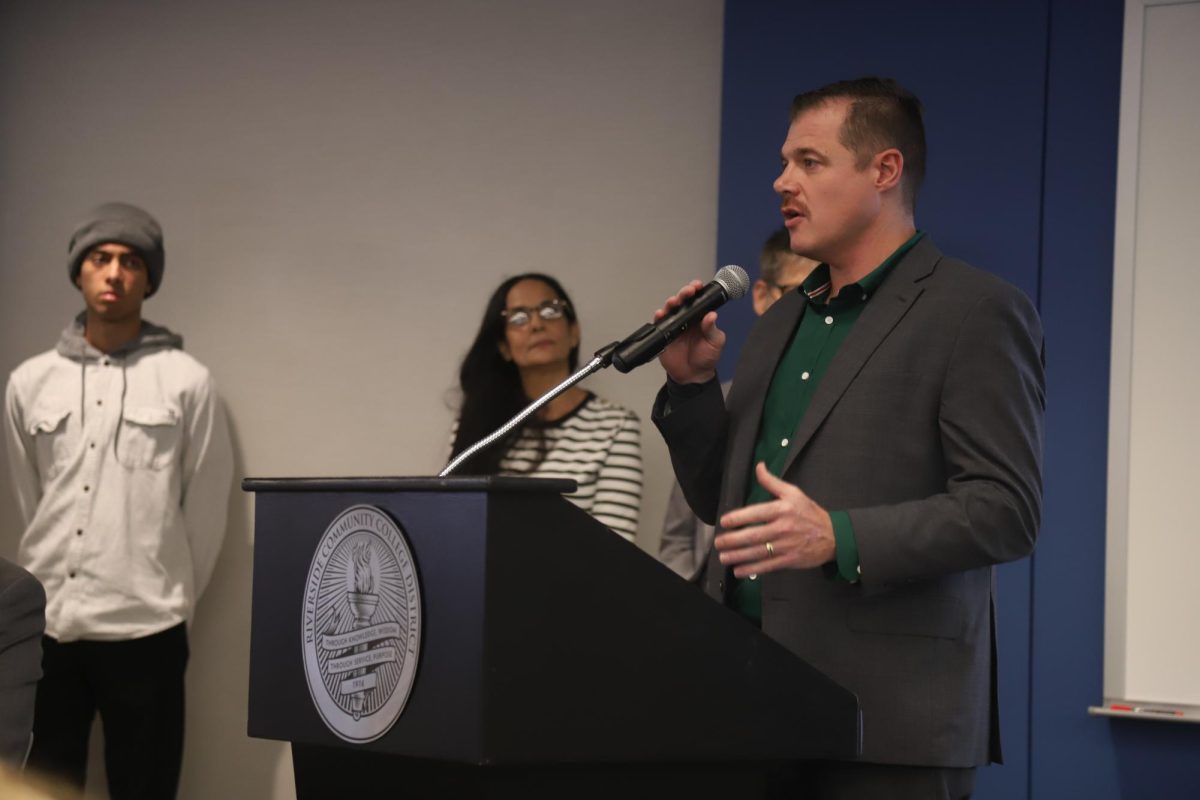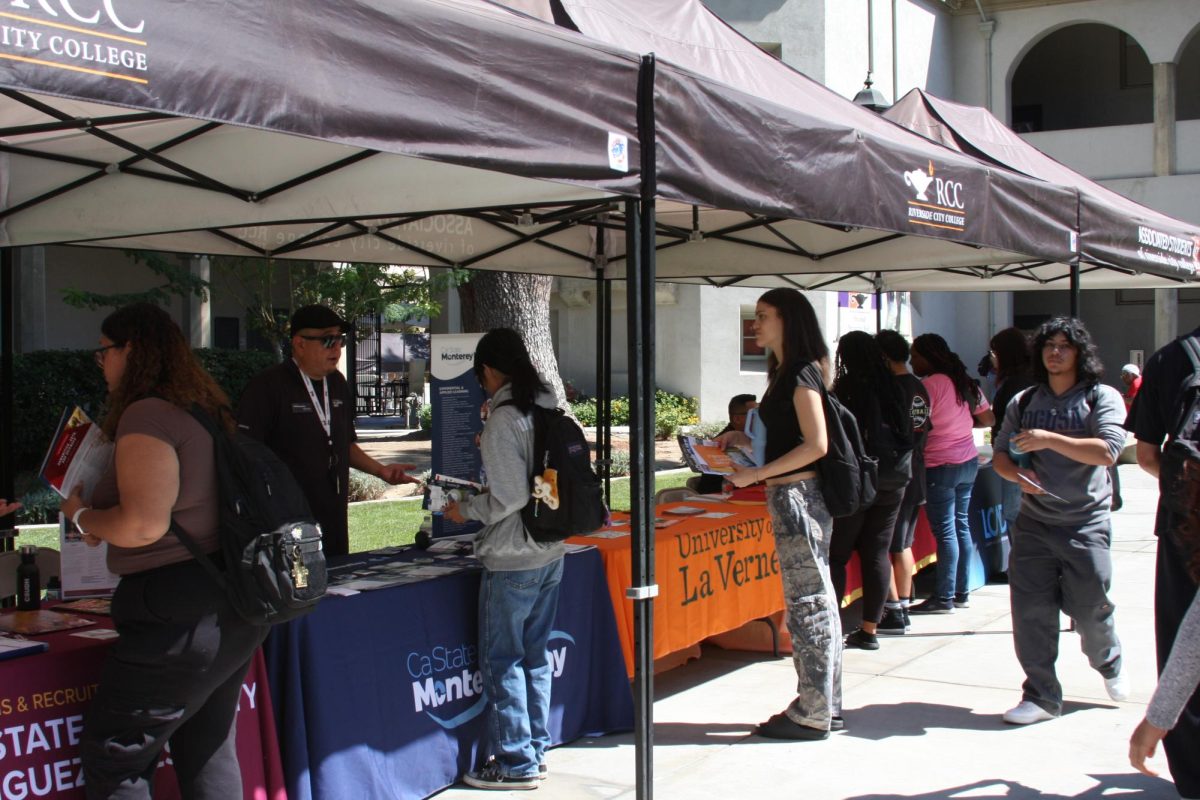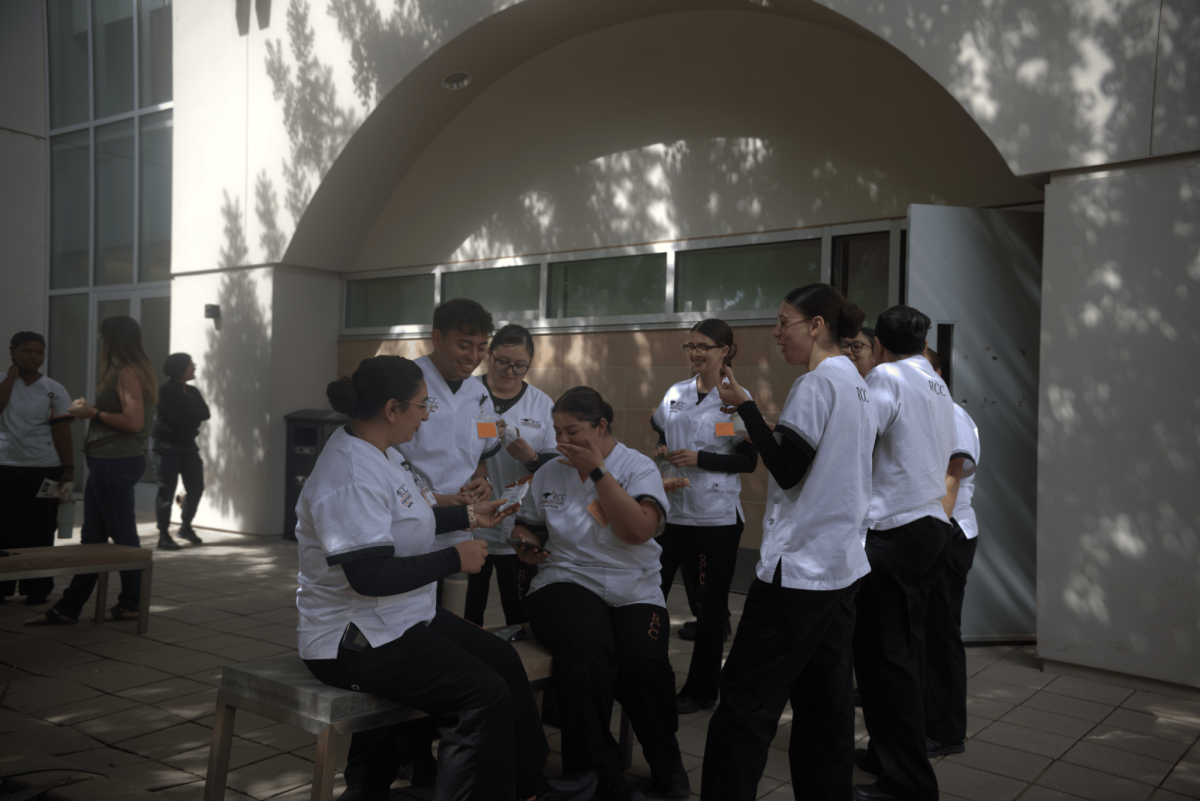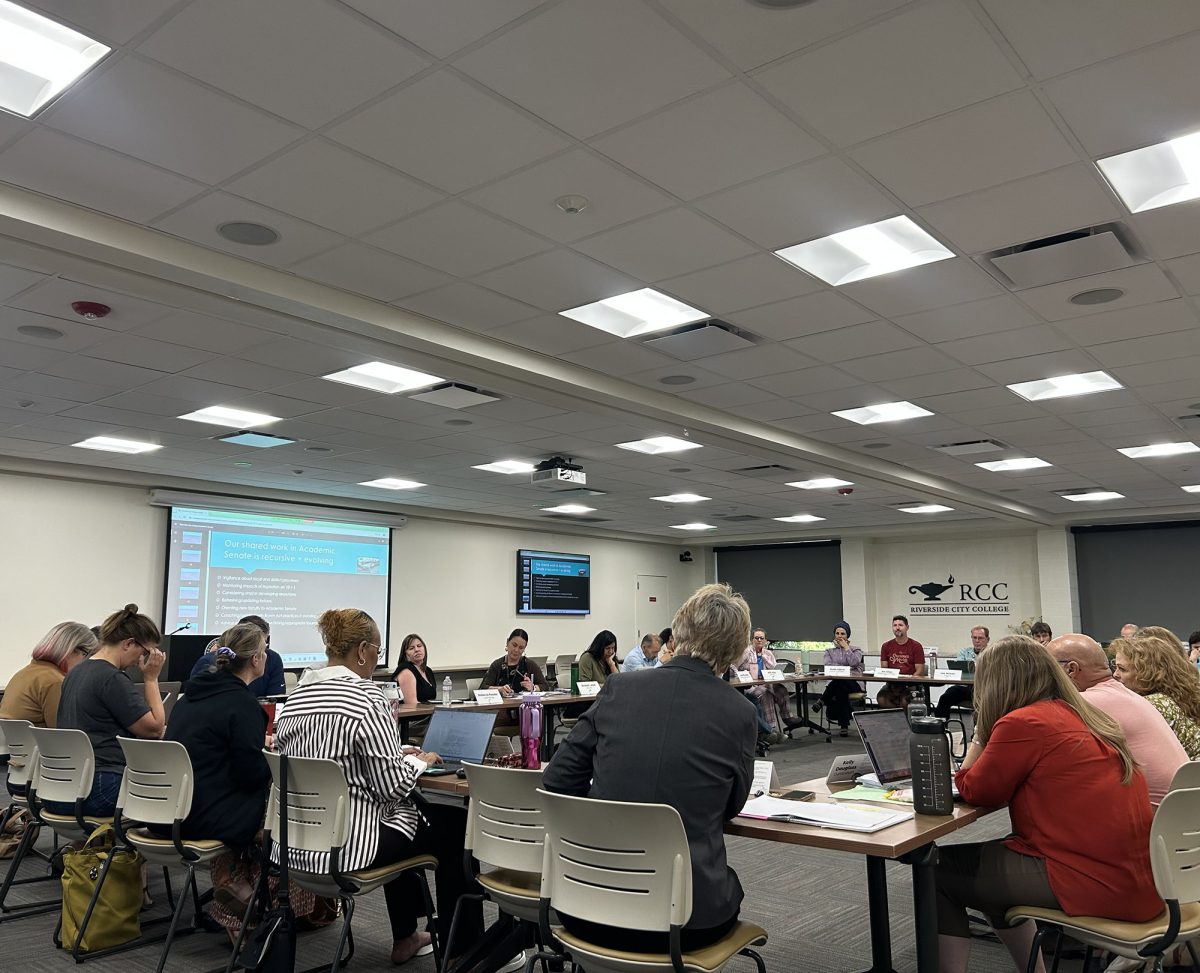JOSA LAMONT | NEWS EDITOR
The Riverside Community College District risk management department has been working on a comprehensive alert system to better access students in a disaster since the flood in August caused gridlock and flooding in the quad.
Riverside City College installed a speaker array on top of the Martin Luther King building that can broadcast messages to students to check their texts or email for further instruction, and it can broadcast direct instruction from administrators.
The speaker arrays on RCC campus are equipped with a series of messages such as active shooter, flood or general emergency warning and instructions as well as intercom capability.
All three colleges in RCCD are now equipped with a campus speaker system according to the RCCD risk management department.
“Everyone’s really understood the importance of getting the system in place,” said Michael Simmons, director of risk management.
The board of directors has worked with risk management to facilitate the alert plans and the progress has taken months to go through proper channels, according to Simmons. Information Services has also been helpful in bringing the plans to fruition.
Tests of the new text alert, the new speaker and the new email notification rolled out the new alert system on Jan. 24.
The test conducted over winter semester reached roughly 20,000 people with a 99.5 percent success according to Sherry Stone, safety and emergency planning coordinator. Part of the success of texts that weren’t bounced back was due to cooperation with cellphone providers to evade anti-spam systems.
When students provide their cellphone number to WebAdvisor they are opting into a mass text alert system. Stone encourages students to update their contact information with WebAdvisor so they can receive text alerts in the event of a disaster.
In a disaster, the text alerts will go out concurrently with a loudspeaker notification and an informational email.
When RCC administrators are chosen as operatives for the alert system they will go through training to operate the system.
Later in the year, a call- in system is expected to go into effect so that surrounding residences and schools can call in to hear a recorded statement at the sign of alert or alarm on campus. Residences have already been brought up to date with the program.
As part of the call-in roll out, risk management will have a disaster drill to acquaint students with the procedures. The local emergency stations and call centers will beinformed
in advance of the drill so any local 911 calls to report the emergency will be handled without hindering the emergency response.
Future plans for the alert system are to have actual phone calls with messages that call students and leave a voice mail or message with instructions and information.






